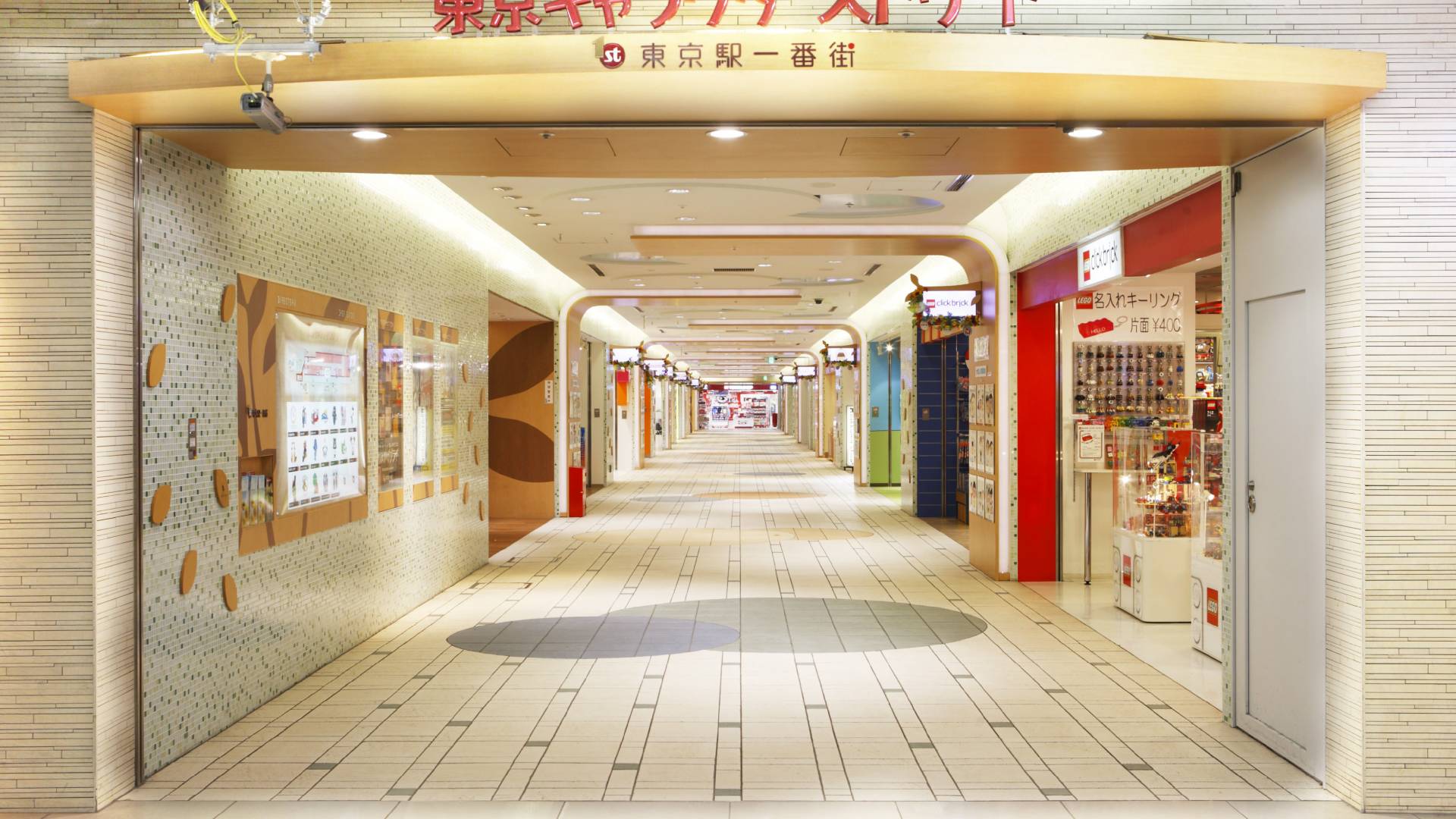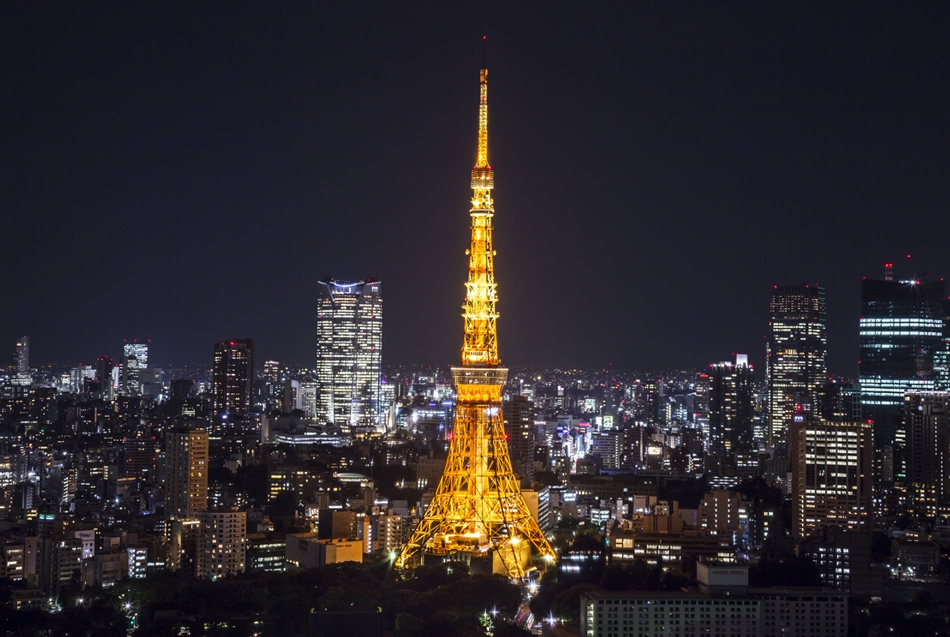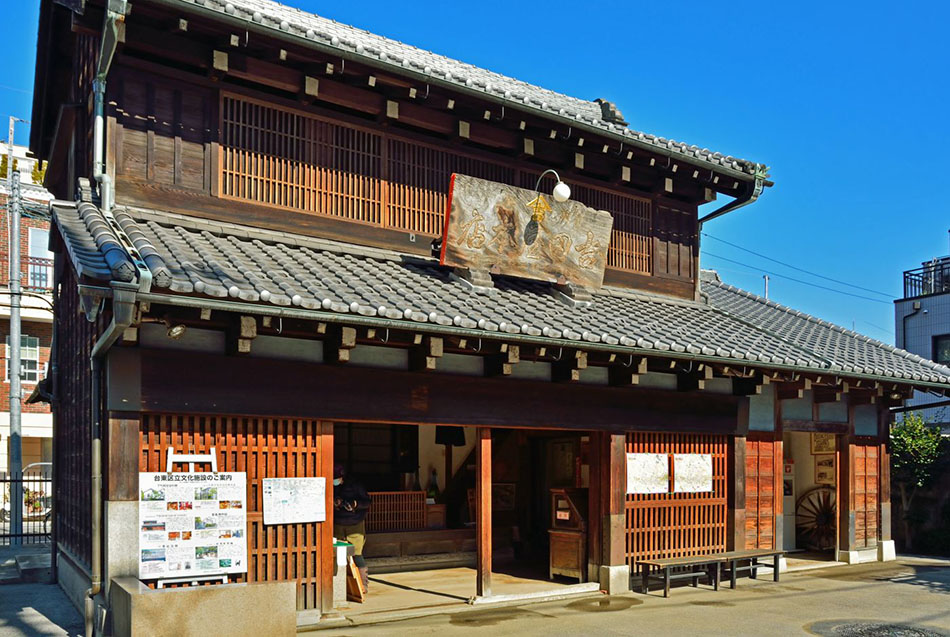
- Share this page
Share this page
- EN
Select Language
- FAVORITES
- Search
Detailed search: You can do a detailed search by keyword, genre, time, area and tag.
Main content starts here.
- Visit Tokyo |
- EXPERIENCES |
- Stories & Guides |
- 10 things to do in Tokyo when it’s raining and during months with heavy rain
Updated: November 25, 2020
10 things to do in Tokyo when it’s raining and during months with heavy rain
If you’re a tourist, you probably aren’t hoping for rainy weather during your trip. But if it is raining while you’re in Tokyo, don’t fret—you’ve got a nearly unlimited amount of options, from culture to sports to relaxation.
- Get an umbrella if you don’t have one! Most convenience stores sell them
- Walk through the Shibuya Scramble Crossing with a big umbrella
- Explore one of Tokyo’s big underground shopping areas (Shibuya Station, Shinjuku Station, Tokyo Station First Avenue)
- Take a contemplative stroll through Meiji Jingu Shrine
- Go up Tokyo Tower or TOKYO SKYTREE for a view of the city in the rain
- Visit the museums
- Play some indoor sports & games
- Visit indoor theme parks
- Relax at an onsen or “super sento”
- Grab a drink at an izakaya in a covered yokocho (alleyway)

When is the rainy season in Tokyo?
In Tokyo, as in much of Japan, the rainy season (known as tsuyu in Japanese) generally runs from mid-June to late July, although it might be more properly be called the “overcast” season. Expect lots of gray and humid days with scattered showers and drizzle.
Months with heavy rain come between late July and October, typhoon season. Tokyo’s driest months are in winter. This same calendar more or less applies to the outlying areas of Tokyo, such as Okutama, Izu Oshima, and the Ogasawara Islands (although the Ogasawaras get more rain in late autumn than mainland Tokyo).
Monthly precipitation in Tokyo (2019)

*These figures are averages, taken from local observation points.
(Source: Japan Meteorological Agency)
Reference Link
What to do and where to go in Tokyo when it's raining
Even on rainy days, you can walk around outdoors in Tokyo. If you’d rather stay indoors, Tokyo has a million options: catch a movie, visit a museum, chill out at a café, play some games at an arcade, or play some sports at an indoor athletic complex. But if you want to get out and about, here are some tips and ideas.
1) Get an umbrella
First things first: get an umbrella if you need one. Most convenience stores have a selection of clear plastic umbrellas at reasonable prices (between 500 and 1,500 yen). Looking to find a unique umbrella that will make a great souvenir? Check out Waterfront in Jiyugaoka, Tokyo Noble near Akihabara, or Komiya Shoten in Bakurocho.

2) Visit the Shibuya Scramble Crossing
You’ve probably seen overhead photos or videos of the Shibuya Scramble Crossing in the rain: hundreds of people with umbrellas of all colors crossing every which way. Experience an iconic Tokyo scene for yourself! The Shibuya Scramble Crossing is just outside the Hachiko Exit of JR Shibuya Station.

3) Go shopping underground
Explore one of Tokyo’s big underground shopping areas, many of which are part of train stations (Shibuya Station, Shinjuku Station, Tokyo Station First Avenue). Tokyo Station First Avenue is home to Tokyo Character Street, where you can find merchandise for all sorts of famous Japanese characters, from Pokemon to Sailor Moon and more.

4) Visit Meiji Jingu Shrine
If the rain isn’t coming down too hard, and you don’t mind being out in wet weather, you could enjoy a contemplative stroll through one of Japan’s many parks, shrines and temples. Meiji Jingu Shrine is a great option. There’s no better way to enjoy the serene atmosphere of the shrine grounds than in a light rain. If you’re lucky, the rain may even keep the crowds away! Of course, if it starts to rain hard, there are plenty of nearby cafes, shops, and department stores to spend a rainy day indoors.
5) TOKYO SKYTREE & Tokyo Tower
TOKYO SKYTREE
634 meters tall, the massive Skytree towers above Tokyo's skyline. The Tembo Deck sits 350 meters high, and for an even higher vantage point, head to the Tembo Galleria at 450 meters. If you want an expansive view of Tokyo in the rain, this is a great spot.

©TOKYO-SKYTREE
Tokyo Tower
333-meter-high Tokyo Tower, which built in 1958, is still a landmark of Tokyo, as well as a symbol of Tokyo’s rebirth after World War II.

©TOKYO TOWER
6) Museums
Located within some of the most notable architectural landmarks in the city, Tokyo’s must-see art destinations, which include the Mori Art Museum, the Nezu Museum, the Tokyo National Museum, and The National Art Center, Tokyo, play host to some of the hottest Japanese and international exhibitions. Two areas of Tokyo with museums and galleries that you could easily spend an entire day in are Ueno Park and Roppongi. For more details, check out our Current & Upcoming Exhibitions page.
Museums: Ueno Park
Ueno Park has arguably the premier group of museums in all of Japan. The variety and the quality of these facilities—which include national museums for Japanese art & artifacts, Western art, and science—are off the charts.
Some highlights:
The Tokyo National Museum, which is Japan’s oldest museum, and which has several buildings full of priceless Japanese treasures.

The National Museum of Western Art, Tokyo, which has the best collection of its kind in Japan, and often hosts special exhibitions of traveling masterworks from Europe and North America’s finest museums. The building was designed by Le Corbusier.

©National Museum of Western Art
The Shitamachi Museum, which gives you some historical perspective on the old heart of Tokyo, where merchants and artisans thrived. See what life was like in the big city from the late 19th to early 20th century.

Museums: Roppongi
Art Triangle Roppongi is the name given to three superb museums located in Roppongi, all within walking distance of each other: the Mori Art Museum, the Suntory Museum of Art, and the National Art Center, Tokyo.
The National Art Center, Tokyo is Japan’s only national art museum that does not have a permanent collection. Instead, it hosts special exhibitions and art events put together by other groups. The building, designed by famed architect Kisho Kurokawa, has a massive exhibition space, one of the largest in the country.

©The National Art Center, Tokyo
The Suntory Museum of Art boasts an impressive collection of Japanese artwork and traditional crafts. There is also the must-see architecture by Kengo Kuma.

The Mori Art Museum is found near the top of Mori Tower. Its focus is on contemporary art from Asia, although it has featured artists from around the globe. It puts on world-class special exhibitions year-round.

Center Atrium (Photo courtesy: Mori Art Museum, Tokyo)
Another place to keep on your radar is 21_21 Design Sight, a forwarded-thinking design museum spearheaded by Issey Miyake, one of Japan’s leading fashion designers, and Tadao Ando, one of its leading architects.

7) Indoor sports
If you want a bunch of sporty options, check about Round 1 in Odaiba, a giant complex with tennis, basketball, volleyball, baseball batting cages, swimming, rollerblading, and some arcade games to boot! The Bagus complex in Shibuya, meanwhile, has activities like table tennis, billiards and darts.
8) Indoor theme parks
If you want something on the cutting edge, the Tokyo Joypolis amusement park in Odaiba is a gamer’s paradise. Enjoy a huge range of exciting electronic entertainment you can only enjoy here. And they even have a roller coaster!
Namjatown, Located in Ikebukuro's Sunshine City, is home to an eclectic collection of attractions, as well as a gyoza dumpling "stadium" and a yokocho dedicated to desserts.
If you want the more traditional side of Japan, check out the Edo Noren attached to Ryogoku Station. The Ryogoku neighborhood is famous for sumo, and this complex has several great restaurants serving local specialties, all centered on a replica sumo ring.


©BANDAI NAMCO Amusement Inc.
9) Onsen (hot springs) & sento (bathhouses)
Though numbers have dwindled in recent years, there are still many public baths to be found around city. Choose between a traditional, down-to-earth local sento (bathhouse) or opt for a more modern resort-style facility.
Spa LaQua is a large spa/bathhouse near the Tokyo Dome. It features indoor baths, open-air baths, beauty treatments and massages, and it stays open all night until next morning (until 9am).


Saya no Yudokoro is a genuine, full-fledged natural onsen (hot spring) on the north side of Tokyo with open-air baths, saunas, bedrock baths, traditional garden and even an old folk house restaurant. You can experience the Japanese hot spring culture.


10) Covered yokocho
Yokocho is Japanese for “alleyway,” but it has grown in meaning to refer to narrow streets lined with red lanterns and packed with izakayas and bars. Some of them, like Suzunari Yokocho in Shimokitazawa and Ebisu Yokocho , are covered or underground, offering a refuge from the rain where you can grab a drink and a bite!

